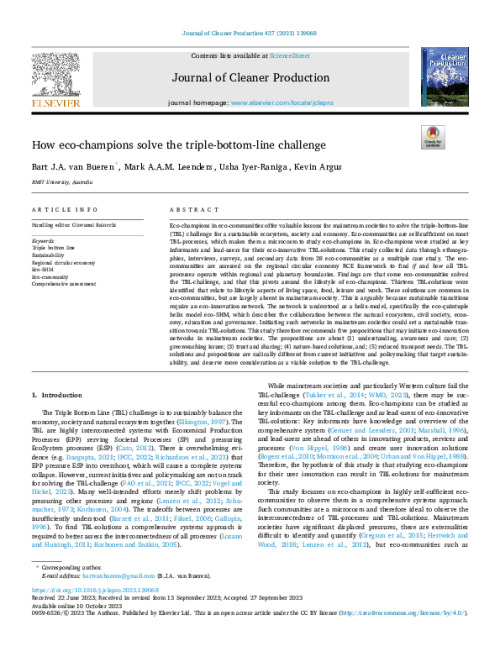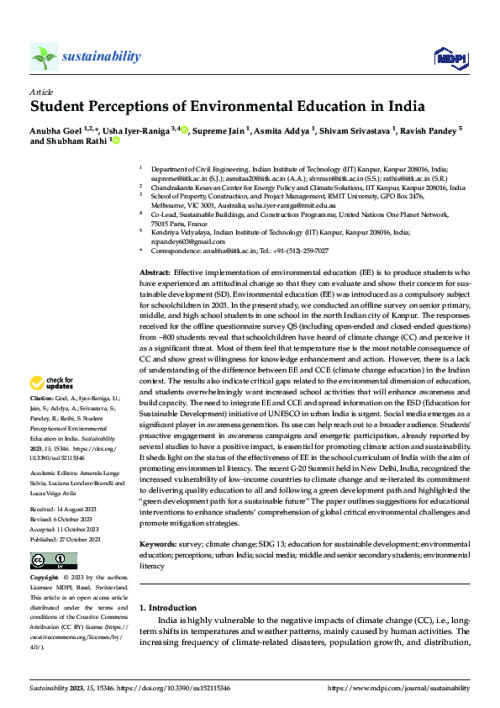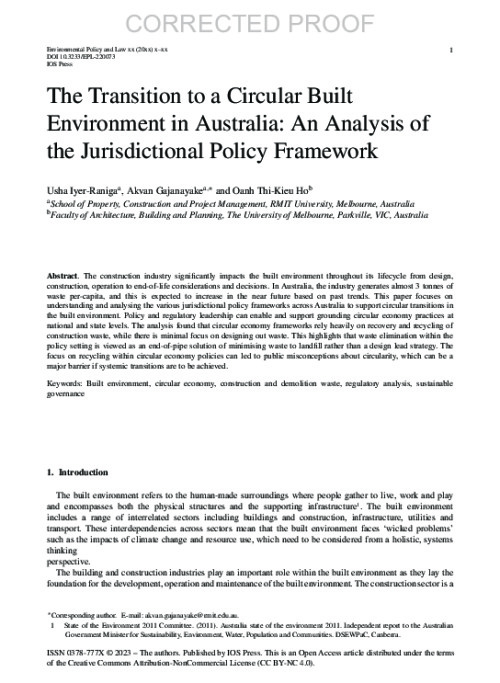City of Greater Bendigo
Bendigo is a large regional city smack bang in the middle of Victoria. Located on Dja Dja Wurrung and Taungurung Country in the Murray Darling Basin, the industry hub is skirted by parkland, nature reserves and river catchments, giving it the nickname "city in the forest". Pressures on this beautiful natural environment include a growing population of over 120,000 people and a need for future-proofed resource management infrastructure — Greater Bendigo's landfill is set to fill up by 2022-23. In an effort to reduce its overall material footprint, the City of Greater Bendigo council is embracing circularity. The council is looking at upstream and downstream solutions to close material loops and reduce embodied carbon across the city. As part of this strategy, the council has introduced one of the first circular procurement policies in Australia.
Bendigo is a large regional city smack bang in the middle of Victoria. Located on Dja Dja Wurrung and Taungurung Country in the Murray Darling Basin, the industry hub is skirted by parkland, nature reserves and river catchments, giving it the nickname "city in the forest". Pressures on this beautiful natural environment include a growing population of over 120,000 people and a need for future-proofed resource management infrastructure — Greater Bendigo's landfill is set to fill up by 2022-23. In an effort to reduce its overall material footprint, the City of Greater Bendigo council is embracing circularity. The council is looking at upstream and downstream solutions to close material loops and reduce embodied carbon across the city. As part of this strategy, the council has introduced one of the first circular procurement policies in Australia.
Aims include:
1. That all projects and contracts require the submission of a circular option (instead of, or alongside their 'business as usual' proposal). 2. And, that proposed products/materials need to be recyclable at end-of-life (or justify the need for an exception). We've set ourselves a target of 2023/24 for 100 per cent of City projects and contracts to include these requirements. The policy is the start of a journey to normalise this ask of our suppliers and contractors to come up with CE solutions for us — putting their expertise to work for the circular economy.
The sheer interconnectedness of CE across the organisation has really helped galvanise organisational focus on our broader climate change and sustainability targets. This has historically been seen as pigeonholed into the Environment Team, but with CE working across multiple units and impacting on most areas of the organisation, it's been a great tool to show the need for 'all hands on deck'. This has also shown itself to be true with how quickly CE was accepted as a key pillar of our latest Climate Change and Environment Strategy. CE is a great entry-point to tough conversations about embodied carbon (Scope 3) and the environmental impact of our stuff. Outputs include:
1. Develop solutions and infrastructure to recirculate and valorise downstream resources. 2. Providing demand-side pull for circular solutions through our purchasing power and supporting local businesses to develop such solutions. 3. Embed circular economy as a key facet of our latest climate change strategy.
This case study is directly related to the work of the OPN SBC programme.



